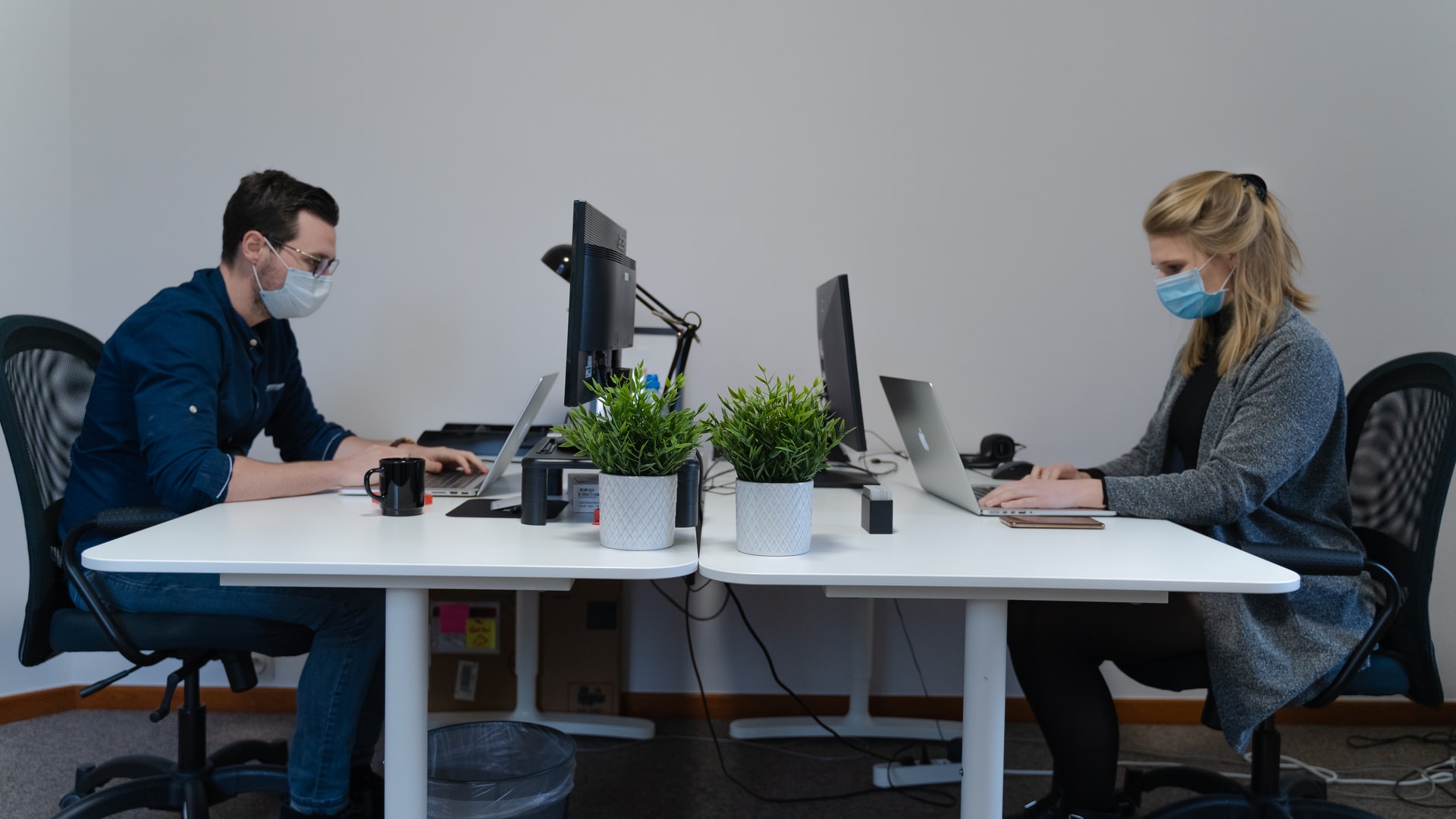The pandemic has spurred countless discussions about the future of many things: global and national economies, health, the environment, employment. It has also put into question the meaning of the office space – and therefore the survival of several major industries attached to it – in light of an exodus of employees having to Work From Home (WFH) when and since the COVID-19 pandemic struck.
Part of the WFH discussion is how much it will really stick once the pandemic is under control (dare we say ‘over’?). With numerous businesses around the world having embraced the practice in a state of emergency, many have recognised its benefits – and its drawbacks.
The office as a physical space, which gathers people together who share a common identity with and commitment to the business that employs them, will retain its value, but WFH will not be going anywhere fast – what will likely prevail is a hybrid solution that offers a degree of flexibility accommodating both options.
The office of the future is new territory for most, and business leaders would do well to prepare their teams for changes that are inevitably around the corner. Here are some tips for how to go about it to ensure a smooth transition.
1. Communicate changes to your team
Everyone has been thrown off by this perpetual state of limbo we’ve been living in the past year. Work from the office, then home, then back to the office, and back home again – the shifts and changes can be disorienting. Having a clear office policy on new work practices will paint a clear and transparent picture of the future of your workplace to your team.
2. Allow room for feedback
Are you introducing 2 days of WFH? Do any of your staff have kids and need more days at home for ongoing home-schooling? Do they have an adequate home set-up for this hybrid scenario? The changes will likely be numerous and significant, so allow the team to share their views on this new system and how it will impact them.
3. The office must be a safe space
Remember those times we feared catching the flu when someone sneezed in an office with no windows? Those fears have only heightened with COVID-19 and will likely linger for a while. Help put your staff at ease by ensuring the office is safe with a well-thought-out plan prior to their return – including adequate spaces between desks, a hygiene policy, and minimising in-person meetings in a closed room unless truly necessary.
4. Invest in the right tech
Ensure the office and your staff members’ home workspace have what they need to work smoothly and with minimal distractions. Not everyone will have the newest laptops, best security or comfortable chair for long hours of work. If you want there to be a smooth continuation of work with the right level of productivity, you need to cater for your team’s needs.
5. Encourage safe interaction
Ask anyone what they miss most about the office, and most will say interacting with colleagues and the many social elements the workplace offers. While safety must continue to remain a priority, celebrate your staff coming together again with well-planned, socially-distanced gatherings that bring back that sorely-missed human element we all crave.
6 morning routine mistakes to avoid that could cost you productivity
There are easy and effective ways to set the right tone from the start of your day.
Mistakes CEOs regret and how to avoid them
Many CEOs look back and wish they had done things differently.
6 steps business leaders must follow to address negative online reviews
Responding to online critics is an effective way of protecting a company’s reputation and building customer loyalty.
Provide feedback and show respect: 5 ways business leaders can steer a young team towards success
Millennials and Gen Z employees are on the rise, and while they are wrongly viewed as ‘unmotivated’ and ‘entitled’, they ...









